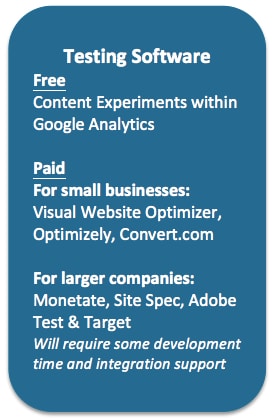
The Basics of A/B Testing for Subscription Content
Lorem ipsum dolor sit amet, consectetur adipiscing elit. Ut elit tellus, luctus nec ullamcorper mattis, pulvinar dapibus leo.
Perhaps you've been told you should be "testing" to discover how to optimize your site for conversions and subscription sales. But do you have enough traffic to test? And how do you know what to test? Or if your tests are scientifically sound? In this brief How-To, we asked testing expert Justin Rondeau of WhichTestWon to explain the basics of A/B split testing so that you can test with confidence and interpret your results wisely. Plus, discover the most popular testing tools, and alternative d...
HELLO!
This premium article is exclusively reserved for Subscription Insider PRO members.
Want access to premium member-only content like this article? Plus, conference discounts and other benefits? We deliver the information you need, for improved decision-making, skills, and subscription business profitability. Check out these membership options!
Learn more about Subscription Insider PRO memberships!
Already a Subscription Insider PRO Member?
Please Log-In Here!








